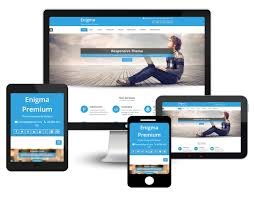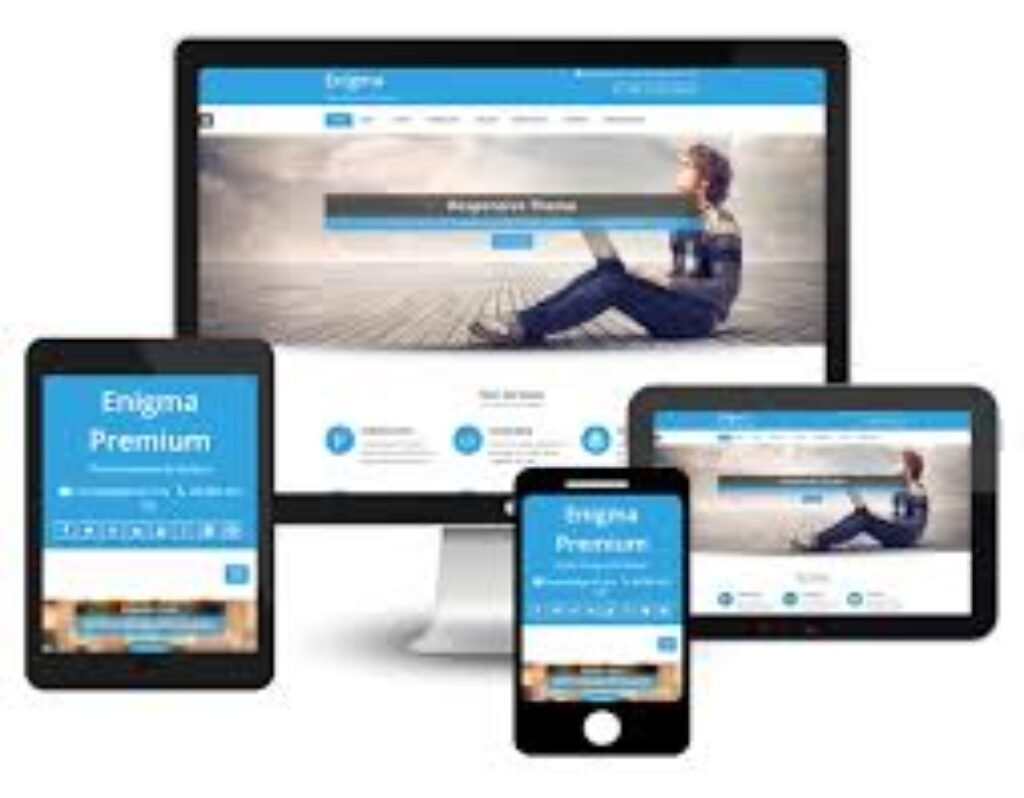
In today’s digital world, where mobile users constitute the majority of internet traffic, it’s essential to ensure that your website offers a seamless experience across devices. Websites that aren’t optimized for mobile viewing risk losing significant traffic, as users are quick to abandon sites that look misaligned or difficult to navigate on their devices. But how can you be certain that your website delivers an excellent user experience on every screen size?
This is where mobile website responsiveness testing comes in. Mobile responsiveness testing tools allow you to simulate and troubleshoot your website’s performance across multiple screen sizes, browsers, and devices. Below, we’ll explore the top 10 tools you can use to ensure that your website looks and performs well on any device.
1. Google Mobile-Friendly Test
Google’s Mobile-Friendly Test is a free tool that’s incredibly easy to use. As part of Google’s suite of web optimization tools, it specifically analyzes whether your site meets Google’s mobile-friendly criteria, which is crucial for SEO.
- Key Features:
- Quick, one-step mobile compatibility test.
- Provides feedback on issues like text readability, tap targets, and layout.
- SEO implications, since Google prioritizes mobile-friendly sites in search rankings.
- Best For: Webmasters and SEO professionals who need quick insights into mobile performance.
2. BrowserStack
BrowserStack is a powerful tool that enables cross-browser testing on both real devices and simulators. It supports a broad array of device and browser combinations, which makes it ideal for in-depth mobile testing.
- Key Features:
- Access to real devices for live testing.
- Screenshots and visual testing options for responsive layouts.
- Integration with development and testing tools for seamless workflow.
- Best For: Developers and QA teams needing accurate device simulations.

3. Responsinator
Responsinator is a straightforward tool designed to provide a quick look at how a website appears on a variety of popular mobile devices. With an easy-to-use interface, it’s especially helpful for basic visual checks.
- Key Features:
- Displays website previews on popular devices.
- Easy to navigate with simple mobile view simulations.
- No login or subscription required; it’s free to use.
- Best For: Designers looking for a simple, visual preview of site layout across devices.
4. Responsively App
Responsively App is an open-source, multi-device testing tool that allows developers to view a website’s appearance across multiple devices simultaneously. It’s an efficient way to catch layout issues in real-time.
- Key Features:
- Real-time testing on multiple devices at once.
- Customizable views for various screen sizes and orientations.
- Open-source with continuous updates and community support.
- Best For: Developers and freelancers who need a free, versatile testing tool.
5. LambdaTest
LambdaTest offers a cloud-based testing platform to perform cross-browser and responsive testing across a vast number of device and browser combinations. It includes debugging tools, integrations, and collaboration features, making it a solid choice for team environments.
- Key Features:
- Access to 3000+ real browsers and devices.
- Automated and manual testing options.
- Integrated debugging tools and test management.
- Best For: Development teams and agencies needing robust testing capabilities.
6. Screenfly by Quirktools
Screenfly is a responsive design testing tool that provides an intuitive interface to preview how your website looks on different devices. It covers a broad range of devices, including tablets, laptops, and TVs.
- Key Features:
- Supports mobile, tablet, desktop, and even TV screen sizes.
- Allows custom screen resolution input for more specific testing.
- Fast and simple for non-technical users.
- Best For: Marketers and business owners who want a quick, comprehensive look at mobile and other responsive layouts.
7. CrossBrowserTesting
CrossBrowserTesting, part of the SmartBear suite, provides one of the most extensive platforms for cross-device testing. It supports live, automated, and visual testing across real browsers and devices, making it ideal for extensive QA processes.
- Key Features:
- Access to 2050+ desktop and mobile browsers.
- Local testing for staging environments.
- Automated screenshot comparisons across devices.
- Best For: Large-scale QA teams and enterprises requiring in-depth testing coverage.
8. Viewport Resizer
Viewport Resizer is a handy bookmarklet tool that allows you to adjust your browser’s viewport to mimic different screen sizes. This approach helps developers quickly switch between device sizes without needing a full testing platform.
- Key Features:
- Browser-based bookmarklet for on-the-go testing.
- Customizable viewports for different screen sizes.
- Real-time adjustment for a flexible testing experience.
- Best For: Web designers and developers looking for quick, in-browser device previews.
9. Figma
While primarily a design tool, Figma’s responsive design capabilities make it an excellent choice for prototyping and testing mobile layouts before coding. Figma allows teams to create and preview responsive mockups that simulate real device dimensions.
- Key Features:
- Real-time, interactive prototypes for mobile views.
- Screen mirroring on mobile devices.
- Collaboration and feedback tools for team input.
- Best For: UX/UI designers and front-end developers focused on responsive design.
10. Blisk Browser
Blisk Browser is a developer-focused browser that provides pre-configured device emulators and features like synchronized scrolling, screenshots, and bug reporting. It’s a great tool for testing websites across various devices without needing a separate tool.
- Key Features:
- Emulation for multiple devices within the browser.
- Scrolling synchronization between desktop and mobile views.
- Developer tools, including error logs and instant screenshots.
- Best For: Developers and freelancers needing an all-in-one solution for responsive testing.
Tips for Choosing the Right Tool
When selecting a tool for mobile responsiveness testing, consider the following:
- Purpose of Testing: Are you just checking visual alignment, or do you need in-depth testing for functionality and bugs?
- Supported Devices: If you know your audience primarily uses certain devices, choose a tool that provides accurate emulation for those models.
- Budget: While some tools are free, others have subscription fees, especially those offering extensive device libraries and automated testing.
- Integration Needs: Look for tools that integrate with your development and project management workflows for streamlined testing.
Conclusion
Ensuring that your website is responsive across all devices is a crucial part of modern web development. With the right testing tools, you can streamline this process, catching issues before they impact user experience or SEO rankings. Whether you’re looking for simple visual checks or comprehensive testing solutions, these tools offer a range of options to fit your needs. By integrating responsive testing into your workflow, you can build a mobile-friendly website that keeps visitors engaged, regardless of the device they use.
FAQs
1. Why is mobile responsiveness important for websites?
As we know that the significant part of the web traffic comes from mobile phones it is essential to make it mobile responsive. A mobile-friendly site enhances user experience, reduces bounce rates, and positively impacts SEO rankings.
2. Are free tools as effective as paid ones for mobile responsiveness testing?
Free tools are great for basic testing and can be very effective for smaller sites or individual users. However, paid tools generally offer more in-depth testing, including real-device access and integrations, which are beneficial for larger projects.
3. How often should I test my site’s responsiveness?
It’s best to test responsiveness with each major update to your website, particularly when introducing new layouts, functionality, or design elements. Regular testing ensures a consistent user experience.
4. Can I test responsiveness manually without tools?
You can manually resize your browser or use developer tools to simulate different devices, but this approach is less precise and lacks the insights provided by dedicated tools. Testing tools offer comprehensive device and browser coverage.
5. What is the difference between emulators and real-device testing?
Emulators simulate device conditions within a browser or software, while real-device testing occurs on actual hardware. Real-device testing is more accurate, especially for checking performance and specific device-related issues.






